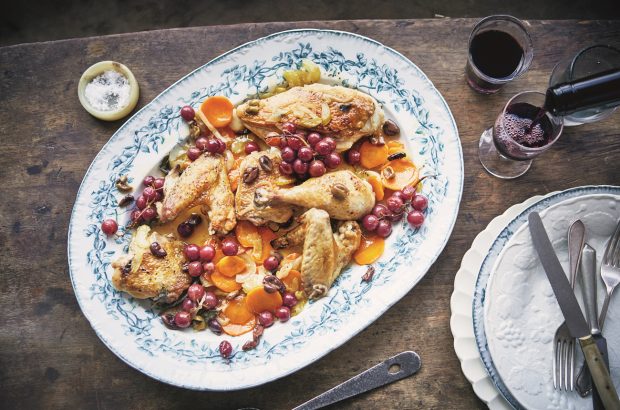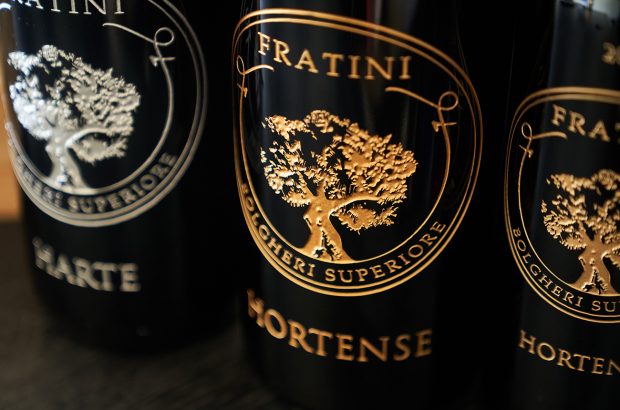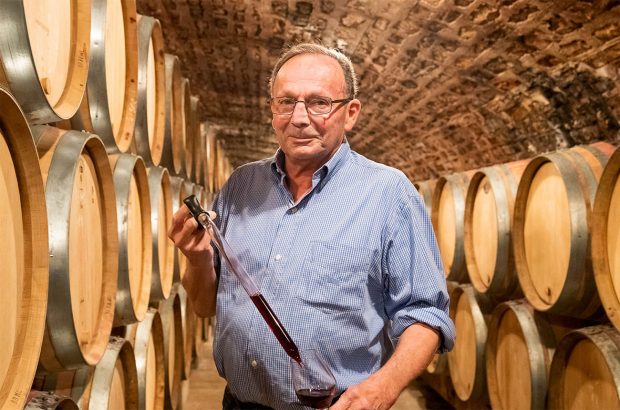Pessac-Léognan has become a dynamic force among the Bordeaux appellations, despite only being around for 30 years. Read a history of the area, plus fresh reviews of how the early vintages taste now.
If you ever wonder about the human element in the creation of France’s appellation system, step into the history of Pessac-Léognan.
Today one of the most dynamic parts of Bordeaux, easily producing some of the best red and white wines in the whole of France, its birth was a long drawn-out affair that had moments of high drama intercut with years of inaction, and no small influence of a few key personalities.
Celebrating its 30th anniversary in 2017, the appellation may never have been created if it wasn’t for two men.
The first was Pierre Seiglan, who back in the spring of 1964 was owner of Château St-Jérome in the southern Graves, and an active member of the local syndicate (he later became its president).
During the annual winemaker meeting, he made his hostility towards owners in the northern part of the appellation plainly felt, and the falling-out led, in a few months, to the establishment of a separate wine syndicate for what was known as ‘Haute’ Graves.
Scroll down for Anson’s top picks from Pessac, then and now…
This new association immediately sent a request to the French body responsible for appellations, the INAO (Institut National de l’Origine et de la Qualité), for its appellation, but it would take the considerable determination of a second man, André Lurton, to finally see it happen 23 years later.
Pessac-Léognan timeline
1964
The Syndicate Viticole des Hautes Graves de Bordeaux breaks off from the main Syndicate de Graves, although some winemakers from the southern section also join its ranks. Its first action was to send a request for a separate AC to the French appellations’ authority, the INAO
1966
André Lurton arrives at the syndicate after buying Château La Louvière
1968
Pierre Perromat, president of the INAO, begins looking into creation of AC Hautes-Graves de Bordeaux, but things stall for the next decade
1974
André Lurton becomes president of the Syndicat Viticole des Hautes Graves de Bordeaux
1978
The question of the new AC is relaunched by the INAO, and various conciliatory meetings are organised between north and south Graves
1980
To overcome the issue of having winemakers from the southern Graves in the syndicate, it is reworked to become a precise geographic region. This becomes the Syndicat Viticole de Pessac et Léognan. Its members remain within the overall Syndicat Viticole des Graves et Graves Supérieures, where they account for just six out of 42 seats on the board
1984
The INAO recommends the creation of Graves Pessac and Graves Léognan, two geographic indications that would be allowed on the label for the relevant estates
1985
Believing that this compromise doesn’t go far enough, the six members of the Syndicat Viticole de Pessac et Léognan resign from the Syndicat Viticole des Graves et Graves Supérieures. This brings events to a head
June 1987
The INAO agrees to the creation of the new AC for the 1987 vintage for whites and the 1986 for reds
September 1987
The creation of AC Pessac-Léognan (no longer Pessac et Léognan) is published in the government’s Journal Officiel. It includes wines produced in the 10 communes of Mérignac, Villenave d’Ornon, Pessac, Cadaujac, Talence, Léognan, Gradignan, Martillac, Canéjan and St-Médard-d’Eyrans, following a geological study by geologist Pierre Becheler
October 1987
Château La Mission Haut-Brion holds a celebration dinner, with 300 guests
See Anson’s top picks from Pessac, then and now…















